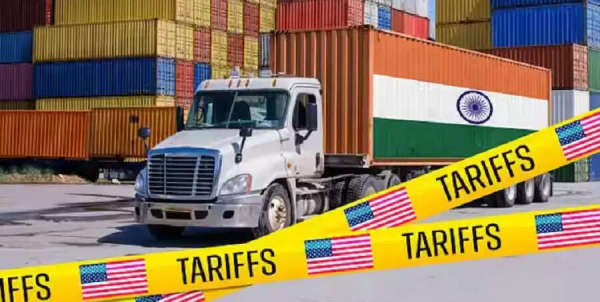
Difference between Tariff and Tax: People are usually confused about tax and tariff because both the words are often used interchangeably. However, there is a difference between the two.
Difference between Tariff and Tax: The huge tariff of 50 percent imposed by America on India has come into effect from today. Earlier, America had imposed a baseline tariff of 25 percent and then later another 25 percent tariff was imposed on the purchase of oil from Russia. That is, now up to 50 percent tariff will be levied on the import of Indian goods in America.
People are usually confused about tax and tariff because both the words are often used interchangeably. However, there is a difference between the two. The biggest difference between them is that tax is paid by a person or a company to the government on the basis of its income, while tariff is imposed on the import of goods.
What is taxation?
It is a compulsory part of the income given by a company, institution or individual to the government. There are many types of taxes, which are used for schools, roads, Medicare and other basic projects. In income tax, individuals pay a part of their income to the government in the form of tax. People earning more pay more and people with low income pay less tax. Similarly, under corporate tax, companies pay tax to the government according to their profits.
Their rates are different in different countries and states. Similarly, the tax imposed on goods at the time of sale is known as sales tax, and the tax imposed on property is known as property tax. Overall, tax is imposed on the income and purchase and sale within the country. The government uses the money received in the form of tax for the development of the country.
What is tariff?
The tax imposed on goods and services imported from one country to another is called tariff. That is, the tax imposed on goods imported from abroad is called tariff. Its purpose is to encourage the consumption of domestically produced goods. Since tariff will make foreign goods expensive, people will use more and more domestically produced goods. There are two types of tariffs - Specific Tariff and Ad-Valorem Tariff.
In Specific Tariff, a fixed amount of tax is levied on every unit (eg per kg, per liter), such as Rs 10 per kg of rice.
In Ad-Valorem Tariff, tax is levied on the basis of the percentage of the total price of the goods, that is, the more expensive the goods, the higher the tariff on them.
Of course, the purpose of tariff is to protect the industries of our country from cheap foreign goods. Apart from this, tariff also increases the revenue of the government. Along with all this, tariff is also sometimes used to put pressure on other countries.